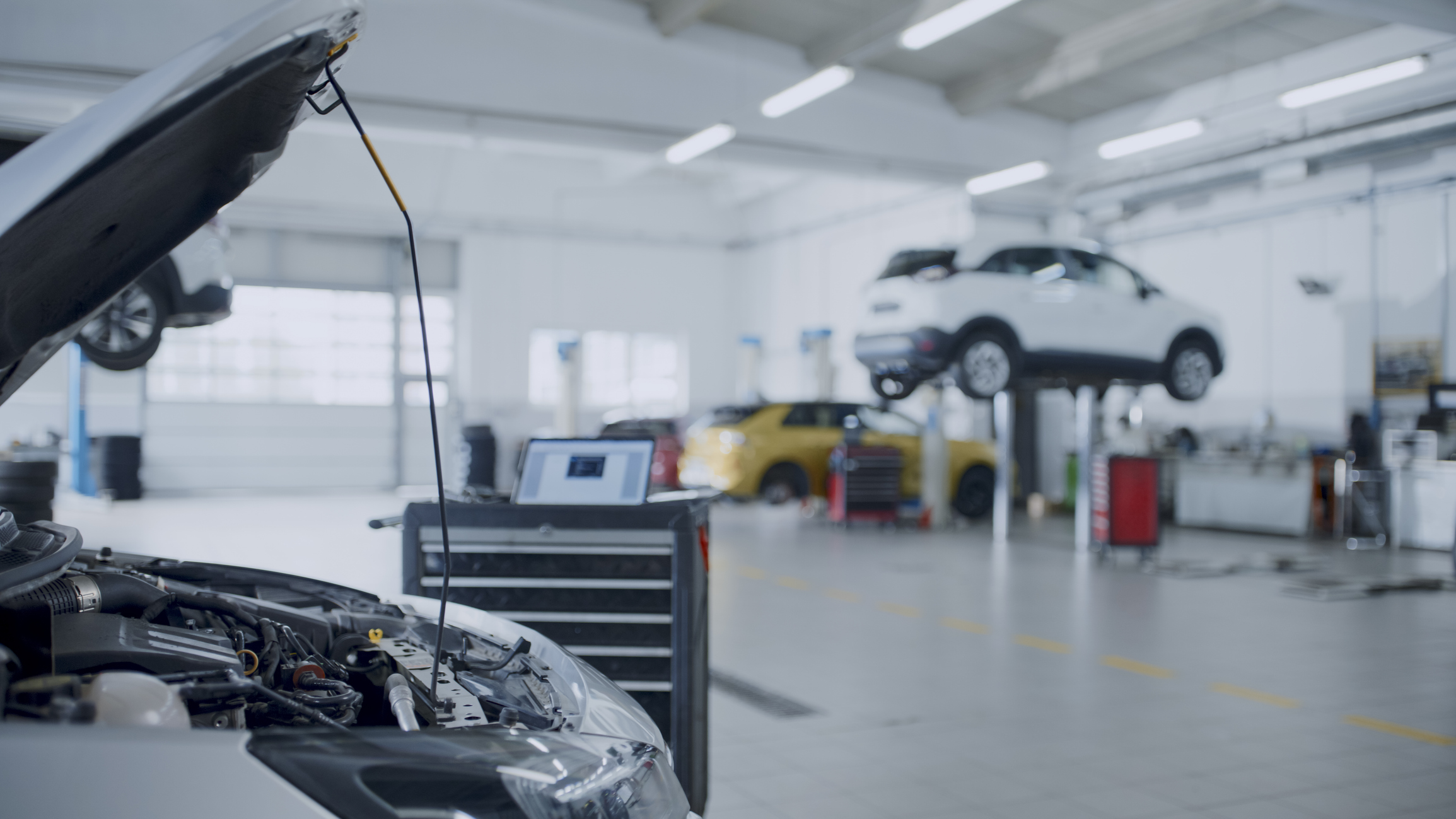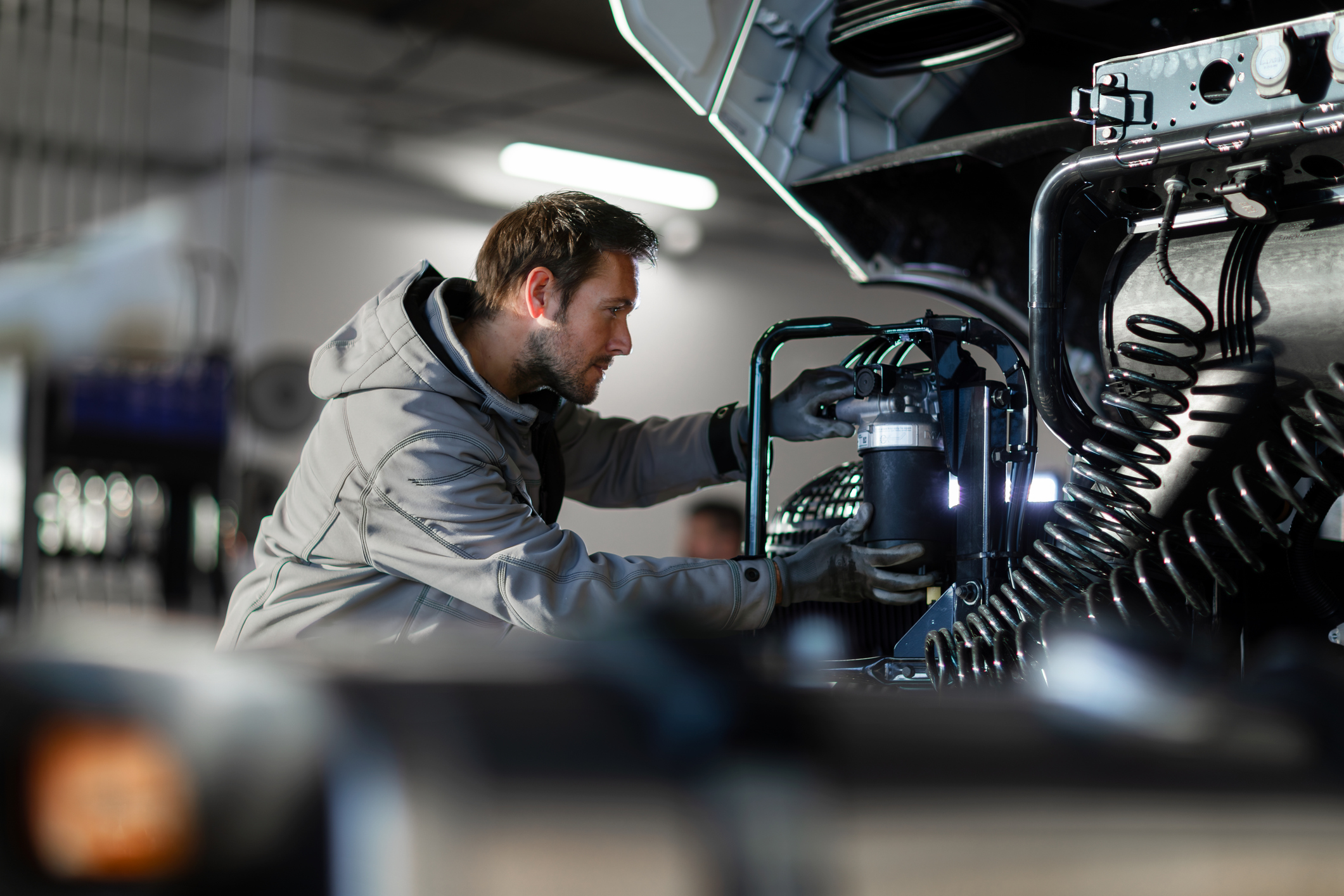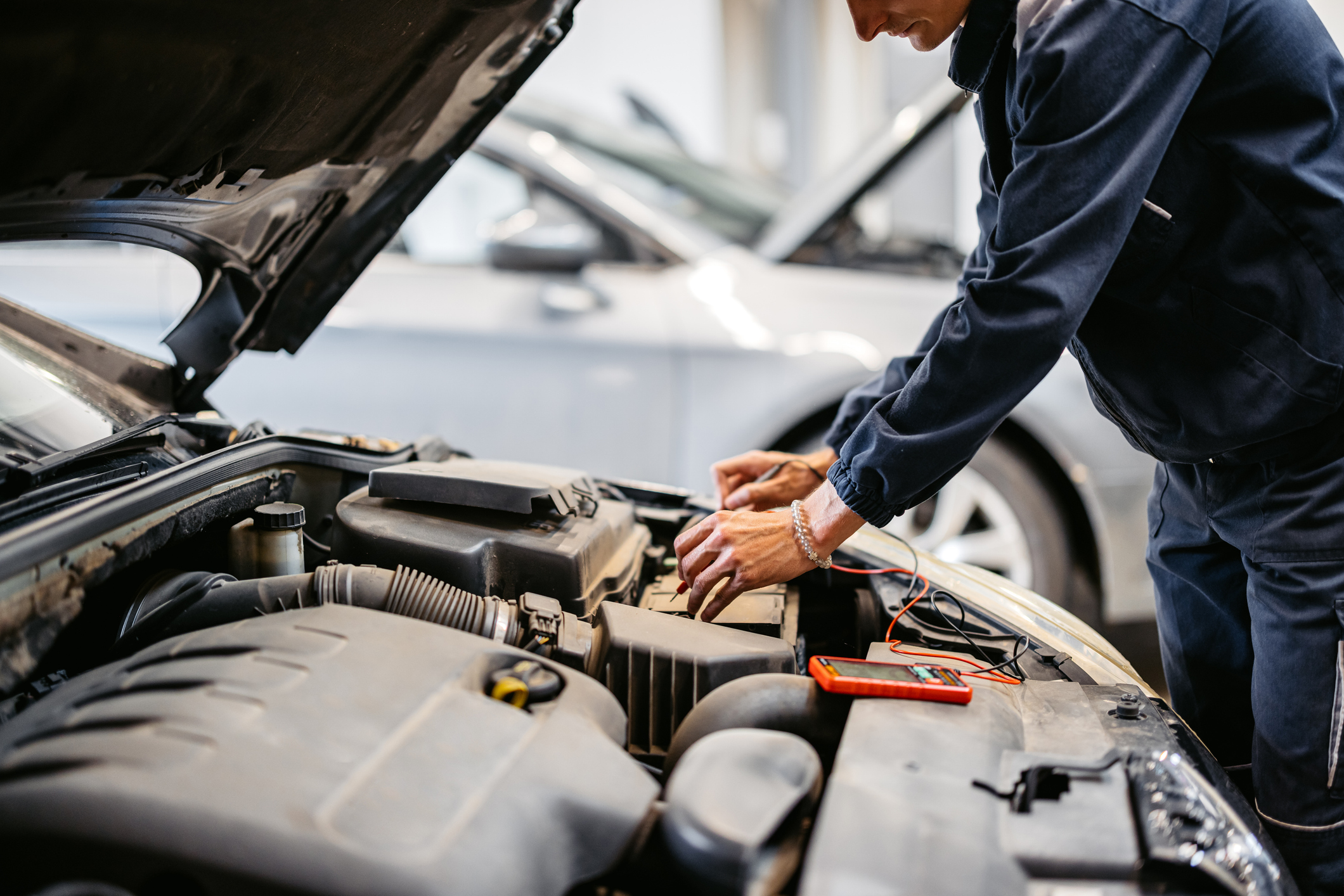
Book your service | Email: mga.repairs@gmail.com | Fax/Call us (02) 9708 4601
Book your service |
Email: mga.repairs@gmail.com |
Fax/Call us (02) 9708 4601
Blogs
How to Book an Appointment for Brakes Repair Near Me: Easy Steps to Follow

Before diving into how to book an appointment, it’s important to understand what brake servicing entails. Brake servicing involves the inspection, maintenance, and repair of your vehicle’s braking system. This can include replacing brake pads, checking brake fluid levels, examining brake lines, and more. The braking system is a complex arrangement of components that work together to ensure your vehicle stops safely. Regular brake maintenance helps prevent more serious issues and ensures your vehicle stops efficiently when needed. Failing to maintain this system can lead to dangerous situations on the road, making regular checks a non-negotiable aspect of vehicle care.
Signs You Need Brake Repair
There are several signs that indicate it’s time to book an appointment for brake repair:
- Squeaking or Squealing Noises: If you hear high-pitched noises when you apply the brakes, it might be time to replace the brake pads. This noise is often caused by a small metal shim, called an indicator, which gives you a warning when the brake pads are worn out. Ignoring this sound can lead to more severe damage and higher repair costs.
- Grinding Sounds: Grinding noises usually mean the brake pads are worn down completely and need immediate attention. This noise often indicates that the metal of the brake pad is making contact with the rotor, which can cause significant damage if not addressed quickly.
- Vibrations: If your steering wheel or brake pedal vibrates when braking, it could be a sign of warped rotors. Warped rotors can result from excessive heat build-up due to heavy braking or an uneven surface contact. It’s crucial to address this issue promptly to avoid further damage.
- Reduced Responsiveness: If your brakes feel “soft” or you need to press the pedal harder than usual, it’s time for a check-up. This could be a sign of air in the brake lines or a more serious issue with the hydraulic system, both of which require immediate attention.
- Dashboard Warning Light: A brake warning light on your dashboard is a clear indicator that you should get your brakes checked. This light could signal various issues, from low brake fluid to an ABS malfunction, and should never be ignored.
Finding a Reliable Brake Repair Shop Near You
Once you’ve identified the need for brake repair, the next step is finding a reliable repair shop. Here are some tips to help you find the right place:
Research Online
Start by searching online for “brakes repair near me” or “brake servicing” in your area. This will give you a list of local repair shops. Make use of search engines, maps, and business directories to compare various options. Check their websites to learn more about their services, pricing, and customer reviews. Detailed research can help you find a shop that suits your needs and budget.
Ask for Recommendations
Word of mouth is a powerful tool. Ask friends, family, or coworkers if they have any recommendations for a trustworthy brake repair shop. Personal experiences can provide valuable insights. Recommendations from people you trust can often lead you to hidden gems that might not have a strong online presence.
Check Certifications and Experience
Look for repair shops that employ certified mechanics. Certifications like Automotive Service Excellence (ASE) indicate that the mechanics have received the proper training and are knowledgeable about vehicle repairs. Experience is equally important; seasoned mechanics are likely to diagnose and fix issues more efficiently.
Read Customer Reviews
Customer reviews can give you a good sense of the quality of service you can expect. Look for shops with consistently positive feedback, particularly regarding brake repair services. Consider both the number of reviews and the overall satisfaction rating to make an informed decision.
Booking an Appointment for Brake Repair
Once you’ve chosen a repair shop, it’s time to book an appointment. Here’s how you can do it:
Step 1: Contact the Repair Shop
Call the repair shop or visit their website to find contact information. Some shops even offer online booking forms for convenience. When contacting the shop, be clear about your needs and symptoms you’ve noticed with your brakes. Providing detailed information helps the shop prepare and ensures they have the necessary parts and tools ready for your visit.
Step 2: Schedule a Convenient Time
Discuss available dates and times for your brake service. Choose an appointment that fits your schedule, but don’t delay too long if your brakes are showing serious signs of wear. Prompt attention to brake issues can prevent more extensive damage and ensure your safety on the road.
Step 3: Ask About Costs and Services
Inquire about the costs involved in the brake repair service. Some shops offer free inspections, while others charge a fee. Ask for an estimate based on the symptoms you’ve described to avoid surprises later. Understanding the cost breakdown can also help you budget for any additional repairs that might be needed.
Step 4: Confirm the Appointment
Once you’ve agreed on a time and have a clear understanding of the costs, confirm your appointment. If you’ve booked online, you might receive a confirmation email or text. This confirmation serves as a reminder and ensures that both you and the repair shop are on the same page regarding the appointment details.
Step 5: Prepare for the Appointment
On the day of your appointment, ensure your vehicle is ready for inspection. Remove any personal items from the car and make sure there’s easy access to the brake components if possible. Arriving a little early can also give you some extra time to discuss any last-minute concerns with the mechanic.
What to Expect During the Brake Repair Appointment
During your appointment, the mechanic will conduct a thorough inspection of your braking system. Here’s what typically happens:
- Initial Inspection: The mechanic will check the brake pads, rotors, calipers, and brake fluid levels. This initial step is crucial for identifying any immediate issues and assessing the overall condition of your braking system.
- Diagnosis: Based on the inspection, the mechanic will diagnose any issues and recommend necessary repairs or replacements. This stage involves a detailed analysis to determine the root cause of any problems, ensuring that the recommended solutions are effective.
- Estimate and Approval: You’ll receive an estimate for the recommended services. Once you approve, the mechanic will proceed with the repairs. This step allows you to understand the costs involved and gives you control over which repairs are carried out.
- Repair or Replacement: The necessary repairs or replacements will be carried out. This may include changing brake pads, resurfacing rotors, or replacing brake fluid. The mechanic will use quality parts and precise techniques to ensure the longevity and safety of your braking system.
- Final Check: After the repairs, the mechanic will perform a final check to ensure everything is working correctly. This check ensures that the repairs were successful and that your vehicle is safe to drive.
Maintaining Your Brakes
Regular maintenance is key to keeping your brakes in good shape. Here are some tips for maintaining your brakes after repair:
- Regular Inspections: Schedule regular brake inspections, especially before long trips. Regular check-ups can catch potential issues early, preventing costly repairs and ensuring your safety.
- Avoid Overloading: Don’t overload your vehicle as it can put extra strain on the brakes. Excess weight increases stopping distances and can lead to premature wear of the braking system.
- Brake Fluid Checks: Check your brake fluid regularly and top it up as needed. Brake fluid is essential for the hydraulic system’s operation, and maintaining the correct level ensures optimal braking performance.
- Pay Attention to Warning Signs: Address any unusual noises or changes in brake performance immediately. Early intervention can prevent minor issues from developing into major problems, saving you time and money.
Conclusion
Booking an appointment for brakes repair near you doesn’t have to be a daunting task. By following these easy steps, you can ensure your vehicle’s brakes are in optimal condition, keeping you and others safe on the road. Remember, timely brake servicing not only prevents costly repairs but also ensures your peace of mind while driving. Safe travels! Being proactive about brake maintenance is an investment in your safety, and it ensures that your vehicle remains reliable and efficient for years to come.
Share this article
Recent Blogs
- All Posts



